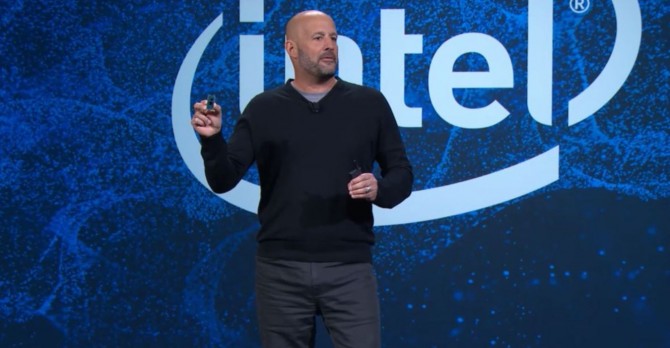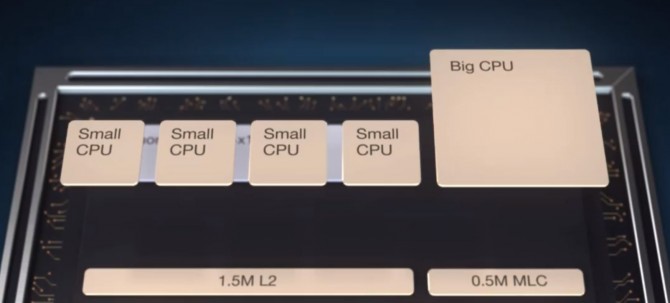Intel Announces Six 9th-Gen Core CPUs, Gives Ice Lake Sneak Peek
Ice Lake is finally here. Intel revealed today the highly anticipated next-gen processor at CES 2019 and even gave a brief demo of a working 10nm chip.

The first 10nm Intel processors based on the company's recently revealed Sunny Cove architecture, Ice Lake promises 2x performance, along with support for Thunderbolt 3, Wi-Fi 6 and DL Boost. Intel hasn't yet announced pricing, but Ice Lake chips are scheduled to be on store shelves this holiday season.
The PC industry has been starving for more information about the delayed 10nm chips, and now the wait is over. Intel gave us an even bigger taste of Ice Lake than we were expecting. Not only did they show an actual unit at the press conference, but there was even a demonstration showing an Ice Lake-equipped system playing a game while connected to a monitor via Thunderbolt 3, and another using machine learning to quickly scan through photos.
Dell even came on stage with a mysterious Ice Lake-powered XPS laptop (it looked like an XPS 13 2-in-1, for what it's worth), providing more assurance that these chips are, in fact, coming to consumers this year.
Along with Ice Lake, Intel announced that it would be expanding its desktop offerings with six new 9th Gen CPUs ranging from Core i3 to Core i9. Those will ship later this month. Intel's powerful H-series chips will also be refreshed with new 9th-Gen CPUs, but not until Q2. Intel didn't provide model names or performance expectations for the upcoming processors. Pricing also wasn't mentioned.

Intel then gave us a glimpse at some of the technologies it's working on for future products. The company is putting multiple CPU cores onto a single platform in order to optimize performance and battery life. Intel illustrated how a large 10nm Sonny Cove core could be combined with four smaller Atom-based cores in order to create what it calls a "hybrid CPU."
On top of that, Intel is using this approach alongside Feveros, a packaging technology in which different computing elements are stacked on top of each other to create a tiny yet powerful 3-dimensional motherboard. The end product of these two methods is what Intel is calling Lakefield. About the size of a candy bar, a Lakefield motherboard was first demoed on stage running on a tablet and a laptop.
Stay in the know with Laptop Mag
Get our in-depth reviews, helpful tips, great deals, and the biggest news stories delivered to your inbox.
After a series of concerning delays, Intel finally looks ready this year to release some mouth-watering components that could provide bigger improvements to laptops and desktops than we've ever seen before. We'll just need to be a bit more patient to see if the wait has paid off.
Phillip Tracy is the assistant managing editor at Laptop Mag where he reviews laptops, phones and other gadgets while covering the latest industry news. After graduating with a journalism degree from the University of Texas at Austin, Phillip became a tech reporter at the Daily Dot. There, he wrote reviews for a range of gadgets and covered everything from social media trends to cybersecurity. Prior to that, he wrote for RCR Wireless News covering 5G and IoT. When he's not tinkering with devices, you can find Phillip playing video games, reading, traveling or watching soccer.

